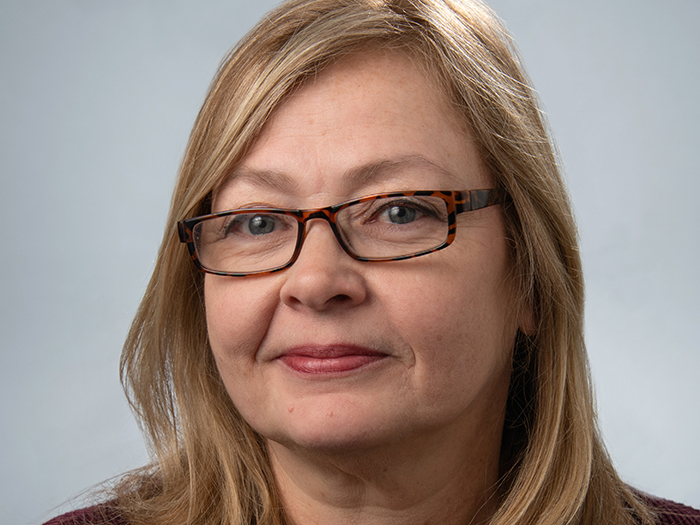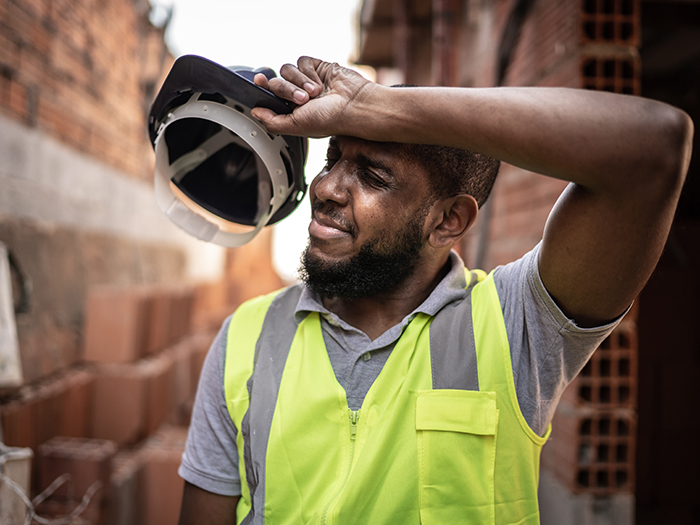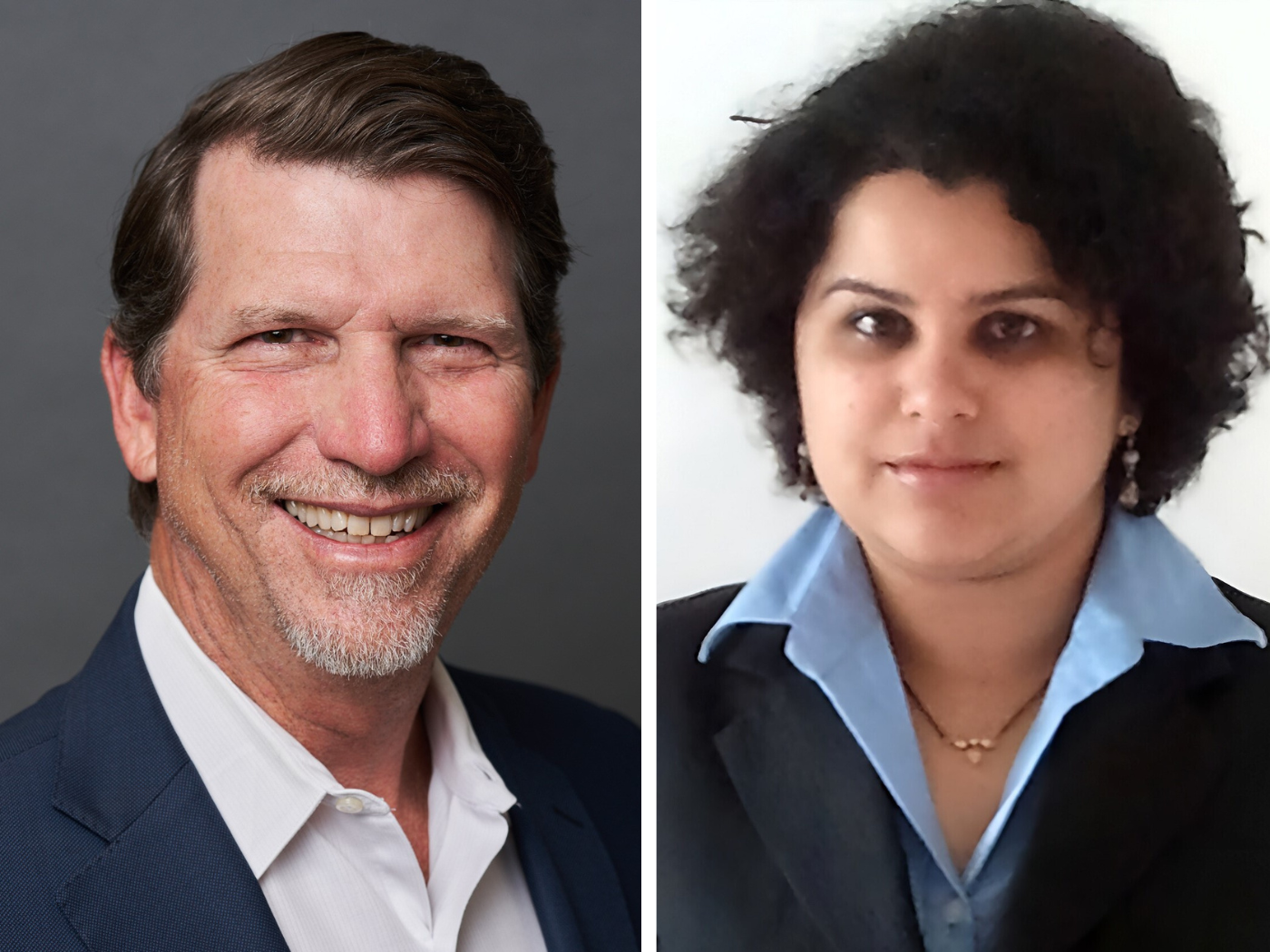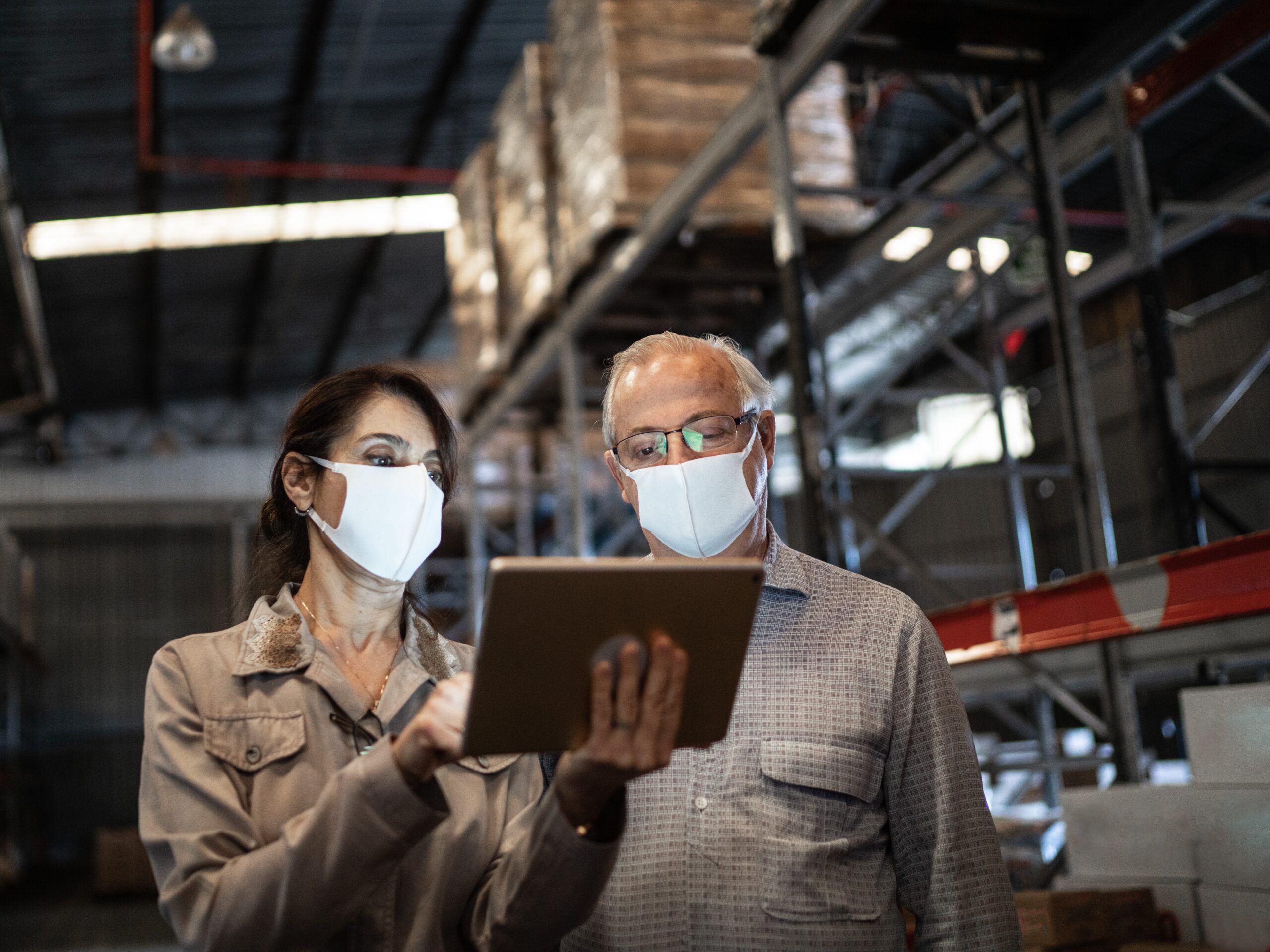Inaugural Innovation Summit Steers Climate Resilience from Ideation to Action

The Catastrophe Resiliency Council (CRC) held a first-of-its-kind Resilience Innovation Summit, bringing together experts from government, regulatory agencies, academia and industry to work together to advance research and development ideas around catastrophe and climate risk.
Much of the summit, held at The Institutes in Malvern, Penn., this November, centered around a proposed Open Industry Exposure Database, described as an openly accessible data asset of economic and insured values in the United States, supporting multiple lines of business, perils and varying geographic resolutions and serving multiple use cases not limited to the insurance sector.
The database would be built using an open exposure data format in support of open modeling and global initiatives to develop open data standards, and would allow for extensibility of the data structure.
This purpose-built database will leverage current technology standards and principles to ensure an effective deployment mechanism and would be supported by a sustainable business model that allows for ongoing maintenance and curation.
It will be independent of any commercial vendor and would instead be owned, curated and supported through industry collaboration, including insurers, reinsurers, vendors, academia, researchers and other institutions that are willing to engage.
Stakeholders would thus include insurers and reinsurers; researchers, academics and risk consultants; governmental agencies; humanitarian organizations; model developers; Insurtech; intermediaries; and capital markets.
“It’s important to have a framework that will allow users to mix and match exposure data from multiple public and private sources, in order to have a public platform that will not only support modeling efforts but also have other applications layered on top of it,” said Christopher G. McDaniel, president of the Catastrophe Resiliency Council.
“It is key that this framework be transparent and auditable so that users can have deep insight into the data mix, allowing them to change the mix of sources as needed to get the best possible data set for the purpose they are trying to fulfill.”
Council in Session
The event began with a “State of Climate Risk” overview from Lars Powell, PhD, director of the Alabama Center for Insurance Information and Research at the University of Alabama’s Culverhouse College of Business.
Powell focused in large part on the extent to which meaningful progress on resilience will require cooperation between government, regulatory, academic, industry and other interested parties, and on the many existing opportunities to improve resilience for all.
Andrew Dhesi, senior vice president, corporate risk, RenaissanceRe, then delivered an overview of efforts toward creating an Open Exposure Database, highlighting the current significant gaps in the resiliency research that is needed to build a foundation for publication and development initiatives.
Next came a session on the steering committee and administrative process.
“The summit was not just an opportunity to ideate,” said McDaniel.
“We want the defined initiatives to have legs and get real traction leading to real research and development. To that end, a steering committee representing all groups was established to drive progress in 2024.”
But ideation was a central component, with three moderated breakout sessions focused on “Defining 2024 Projects That Can Be Accomplished on the Open Exposure Database”; “Defining 2024 Research Initiatives”; and a catch-all session, “Defining Other Development Initiatives for 2024.”
Day two of the day-and-a-half-long summit largely consisted of reports from these breakaway groups.
The research breakout session prioritized putting more data around risk engineering and risk economics, economic resilience initiatives for businesses and communities, and the creation of an interdisciplinary think tank.
The projects breakout focused in large part on the needs that could be filled by an Open Exposure Database, including green transition accelerations; market-level analytics; peril advisory and high-risk analytics; comparability between models; edge-case model and solution development; community resiliency and recovery programs; post-loss analytics; and the development of full economic loss models.
Findings of the non-open exposure database projects breakout included the need for outreach and education, Insurtech engagement, post-catastrophe data service, community models, non-structural building codes, and aggregated loss data.
The steering committee will begin meeting before the end of the year to refine and prioritize next steps with the goal of another in-person summit that will define and initiate working groups and begin efforts on the initiatives in the first quarter of 2024.
McDaniel still seeks to get other interested parties involved.
“There is still opportunity to not only be part of the working groups but part of the steering committee too,” McDaniel said. “Contact me to get involved!” &
Christopher G. McDaniel can be reached at [email protected].
CRC is an affiliate of The Institutes. It is a group of risk and insurance entities that have come together to address the foundational challenges to the industry in the face of catastrophes and climate risk. For more information about CRC, visit theanchorage.info.










